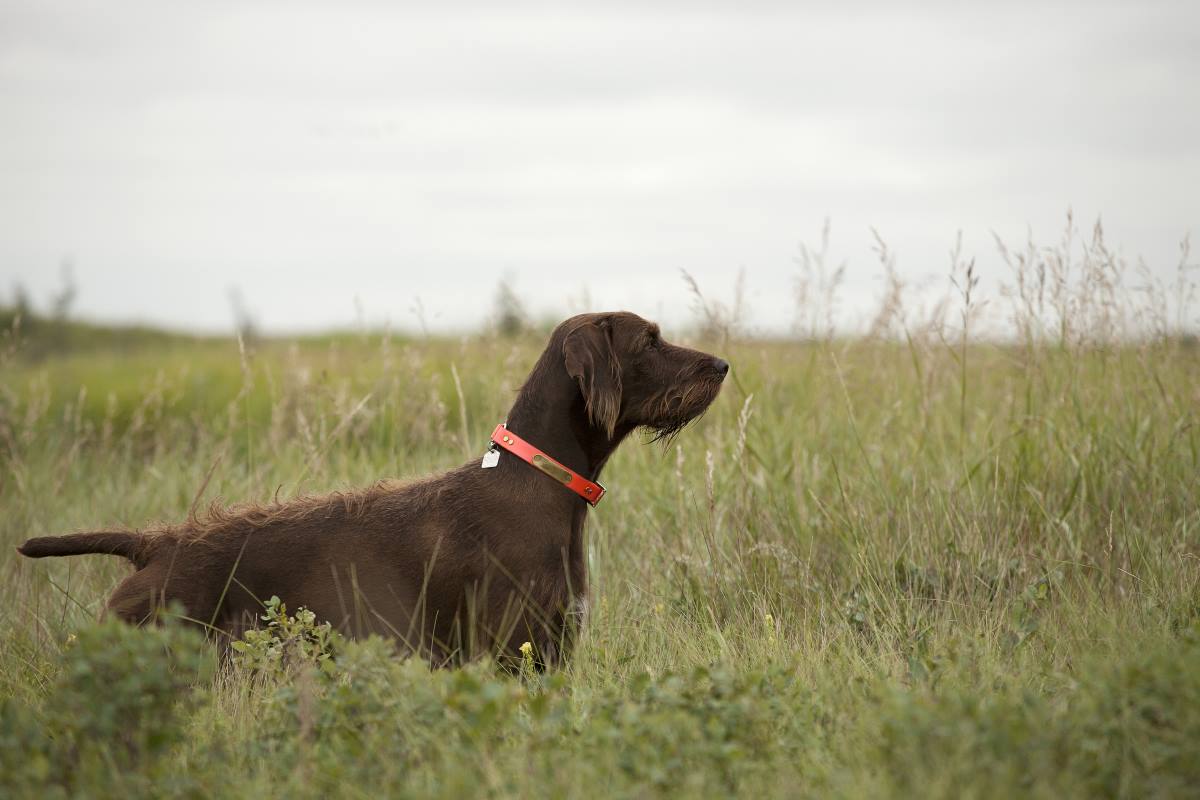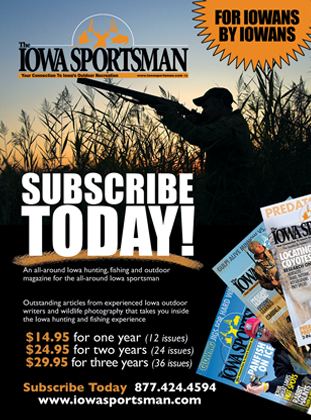Dove Opener Countdown

Dove Opener Countdown
If you’re looking for something fun to do with your dog before the upland and/or waterfowl seasons open, you should consider dove hunting. Forty-one of the lower forty-eight states have a dove season. Pursuing doves creates high demands for our dogs. The hunts are action-packed, especially if you’re in a hot field. In the heat of the action, dogs need to be ready for higher volumes of gunfire, their steadiness needs to be prime, their retrieve needs to be relentlessly clean and their ability to honor other dogs needs to be respectable. All that to say, to simply say you’re going to dove hunt with your dog is one thing. To get your dog ready to dove hunt is another. The reward of having a dog that’s ready to dove hunt is that your dog is much more ready to hunt waterfowl and upland birds.
STEADINESS IS HUGE
In a hot dove field, you’re going to have birds buzzing in from multiple directions. And, if you’re fortunate enough, your hunting party is going to be dropping birds, multiple birds, as birds continue to buzz into the field. An unsteady dog is going to go nuts in this situation. They’re going to jump, whine, run, and pursue dropping and bombing birds. An unsteady dog will ruin the hunt pretty fast and you both will miss out on the joy of the field.
There are opportunities to increase our dogs’ steadiness all around us in our everyday lives (at the door, during their feeding time, at family functions, when guests come over, etc.), and use them. We can build sessions to work on steadiness with tools like place boards, blinds, crates, and bumpers and distractions like other dogs, birds, gunfire, and humans. The end goal is a dog that is alert, calm, controlled, and ready for “next” when commanded.
HIGH VOLUME GUNFIRE
Dove season requires a dog to be able to withstand high levels of gunfire. Your dog might not be gun-shy or gun-sensitive, but that doesn’t mean they are ready to remain steady and focused as multiple guns shoot for longer periods than they are likely used to. They might not see the birds that other gunners are shooting, so they could be caught off guard.
Mike Stewart, at Wildrose Kennels, works on steadiness and shooting together by building a training session and incorporating drills. He’ll have multiple gunners and their dogs sitting on buckets near a clay thrower. The targets are launched and after five to six shots/clays, a bumper is tossed. Only one dog is sent to retrieve it. Each dog is only allowed two to three retrieves a session. The equation is multiple shots plus a few retrieves equals a steadier, more honoring dog that is used to gunfire.
HANDLED RETRIEVES
If you’re fortunate enough to get into a field producing a large number of doves (and you can hit the broad side of a barn), your dog will have the opportunity to get a lot of retrieving reps in. However, your dog will likely require making memory retrieves due to multiple birds being shot at one time. Not to mention, they need to stay focused on bringing the bird back before they get back into hunting and additional retrieves.
Being able to handle your dog by stopping them and casting them left and/or right will also be in your best interest. The good news is that a lot of the necessary retrieve disciplines your dog will need to dove hunt, you can do in your backyard with memory drills, blind retrieve drills, and casting drills. Once your dog is handling these retrieves well in the yard, it’s time to move to the field and work the drills in a variety of cover.
FEATHERS AND DECOYS
To ensure preparedness for dove hunting, it would be beneficial to acclimate your dog to decoys during training sessions. This proactive measure can help prevent unforeseen responses in the field.
Additionally, if your dog has not recently retrieved birds or is still in the process of learning this skill, attaching wings to training bumpers may prove useful. Furthermore, incorporating frozen or thawed birds into select retrieving exercises could offer additional advantages.
In conclusion, consistent and dedicated training is instrumental in improving a dog’s performance. As the saying goes, practice makes perfect, and we encourage regular training in preparation for the season.
Wishing you success in the upcoming season.
By Kyle Dana
August 2025
Here are our other businesses check them out


